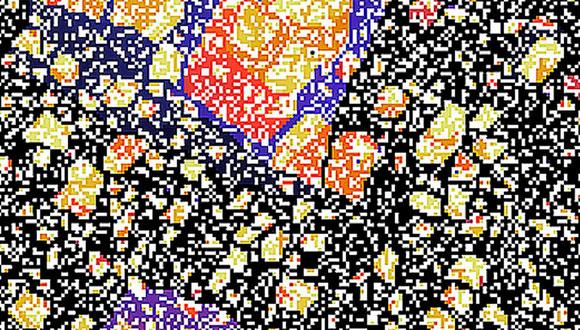Prof. Henry Hess, Columbia University, USA
Abstract:
Motor proteins, including kinesin, can serve as biological components in engineered nanosystems [1,2]. A proof-of-principle application is a “smart dust” biosensor for the remote detection of biological and chemical agents. The development of this system requires the integration of a diverse set of technologies, illustrates the complexity of biophysical mechanisms, and enables the formulation of general principles for nanoscale engineering. Molecular motors also introduce an interesting new element into self-assembly processes by accelerating transport, reducing unwanted connections, and enabling the formation of non-equilibrium structures. The formation of nanowires and nanospools from microtubules transported by kinesin motors strikingly illustrates these aspects of motor-driven self-assembly [3]. Our most recent work created a molecular system that is capable of dynamically assembling and disassembling its building blocks while retaining its functionality, and demonstrates the possibility of self- healing and adaptation [4]. In our system, filaments (microtubules) recruit biomolecular motors (kinesins) to a surface engineered to allow for the reversible binding of the kinesin motors. These recruited motors perform the function of propelling the microtubules along the surface. When the microtubules leave the kinesin motors behind, the kinesin track can either disassemble and release the motors back into solution with the possibility of being reassembled into another track, or recruit other microtubules onto itself, reinforcing the track and thus creating a molecular ‘ant trail’. Finally, I would like to discuss our perspective on the role of scaffolds in the organization of enzyme cascade reactions [5,6,7] and our recent efforts to understand metabolon formation [8].
References:
-
H. Hess, Annual Review of Biomedical Engineering, 13, 429-450 (2011)
-
H. Hess and J.L. Ross, Chemical Society Reviews, 46 (18), 5570-5587 (2017)
-
A.T. Lam, V. VanDelinder, A.M.R. Kabir, H. Hess, G.D. Bachand, and A. Kakugo, Soft Matter, 12, 988-997 (2016)
-
A.T. Lam, S. Tsitkov, Yifei Zhang, and Henry Hess, Nano Letters, 18(2), 1530–1534 (2018)
-
Y. Zhang, S. Tsitkov, and H. Hess”, Nature Communications, 7:13982 (2016)
-
Y. Zhang, Q. Wang, and H. Hess, ACS Catalysis, 7(3), 2047–2051 (2017)
-
Y. Zhang, S. Tsitkov and H. Hess, Nature Catalysis, 1, 276–281 (2018)
-
X.Zhao, H. Palacci, V. Yadav, M. M. Spiering, M. K. Gilson, P.J. Butler, P. J., H. Hess, S. J. Benkovic and A.Sen, Nature Chemistry, 10 (3), 311-317 (2018)


